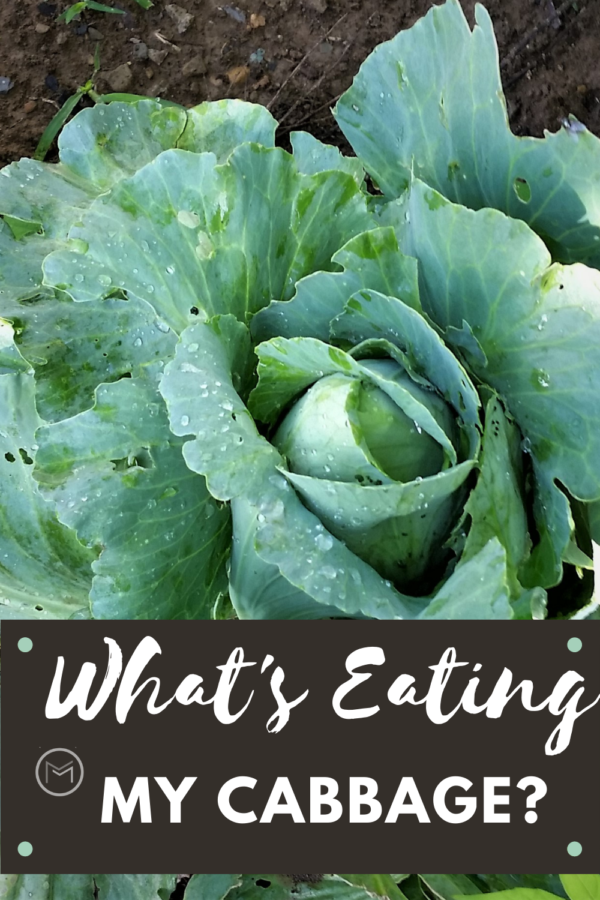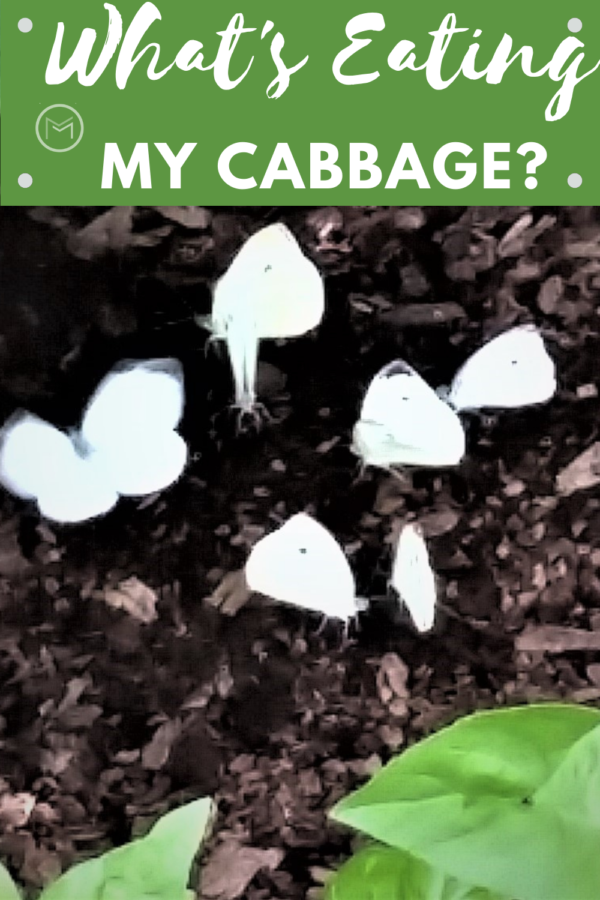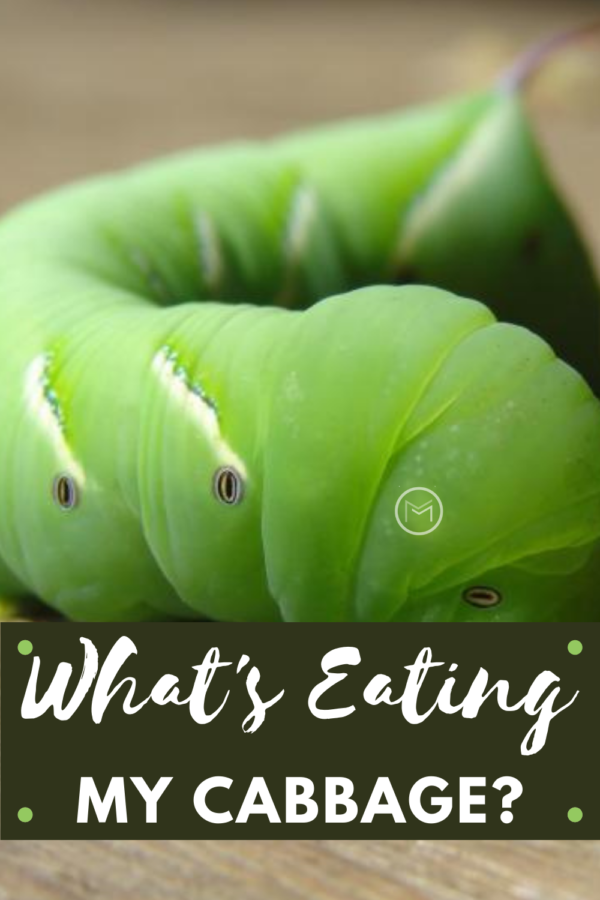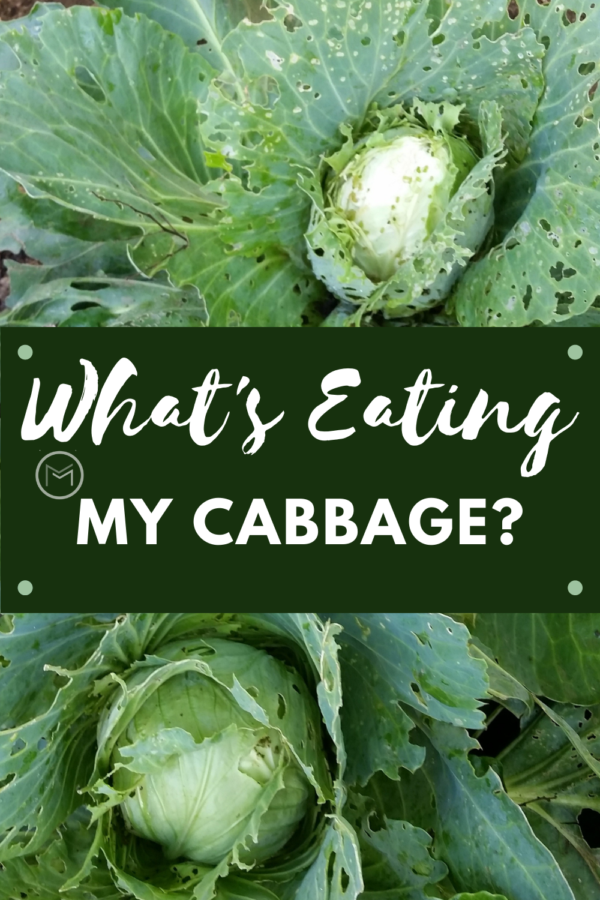Today, I’m sharing beginner gardening tips on companion plants for cabbage. Are you wondering what companion planting is? When I first started gardening, I was unknowledgeable about companion plants and their benefits too. However, I soon learned that plants need help just like humans.
What Is Companion Planting:
Companion planting is when you grow different plants close to each other. The two plants help repel harmful bugs/pests, they can also attract beneficial insects, and help provide shade, support or even improve soil.
Native Americans mastered companion planting with The Three Sisters. The Three Sisters are corn, pole beans, and squash. The corn provided a support for the beans to climb and the squash leaves provided shade to help retain moisture for the plants. Companion plants for cabbage will work in a similar way.
So, I plant sunflowers and cucumbers together. The sunflower stalks are perfect for the cucumbers to wrap themselves around and the leaves of the cucumbers help shade the ground. This helps the soil retain water. And, makes these two plants great companions.
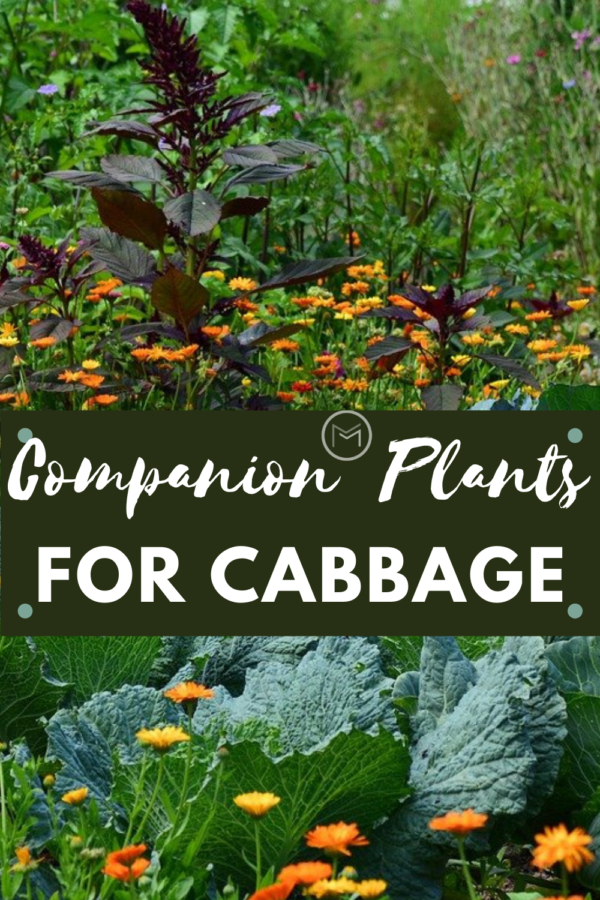
Using Flowers as Companion Plants
Tomatoes and marigolds are good companion plants as well as tomatoes and basil. Lots of marigolds in your garden will bring insects that will eat pests in your garden. Furthermore, those insects will enjoy the nectar or pollen of the flowers that you plant.
So, petunias, zinnia, cosmos, and sweet peas are great flowers to plant in or around your vegetable garden too. Get creative. Plant them in circles around the base of your vegetable plants, make borders, use containers that sit close to the companion plants or intersperse flowers in your garden rows. Those that produce clusters or trumpets are excellent choices to attract pollinators.
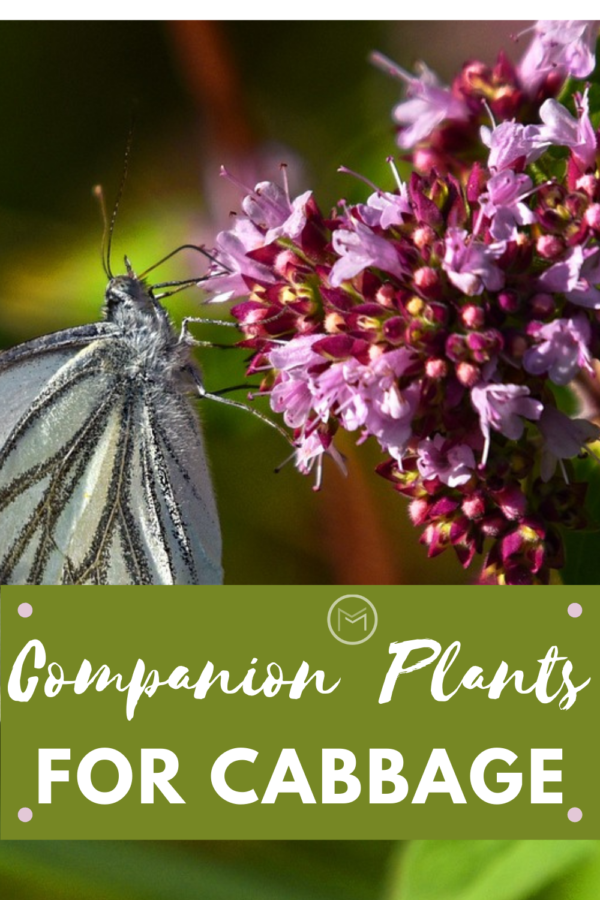
Companion Plants for Cabbage
- Dill
- Chives
- Beets
- Yarrow
- Mint
- Geraniums
- Sage
- Oregano
- Thyme
- Onions
- Marigolds
- Mint
- Celery
- Basil
- Calendula
- Peas
- Nasturtium
- Bush or Pole Beans
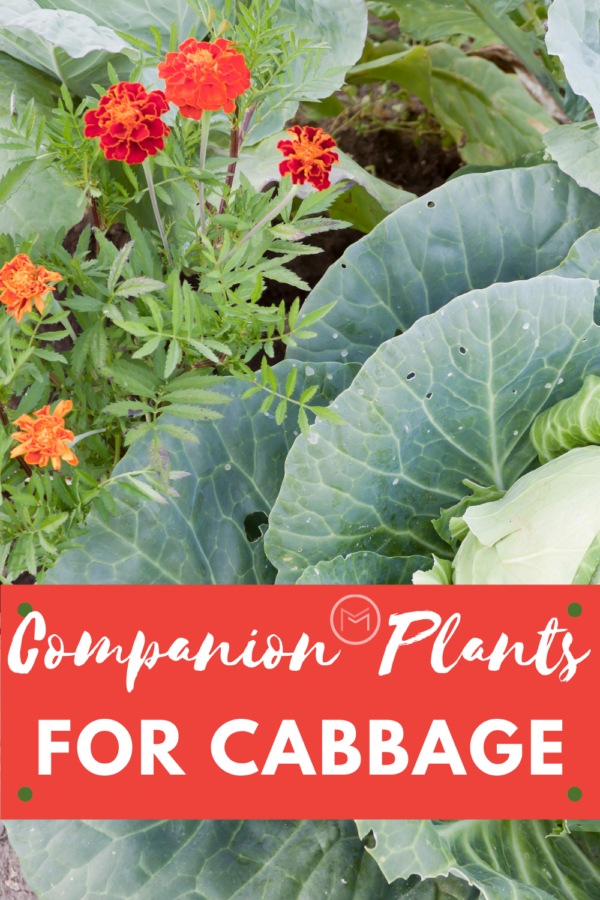
Avoid Using These Plants with Cabbage:
- Tomatoes
- Grapes
- Strawberries
- Garlic
I hope that my list of companion plants for cabbage will help you make a decision on what additional vegetables you want to add to your garden. Also, adding companion flowers will make a lovely and colorful addition to your garden and backyard. Last, the companion plants will help increase your yield and keep your produce disease free. You may also like Understanding Companion Planting.
